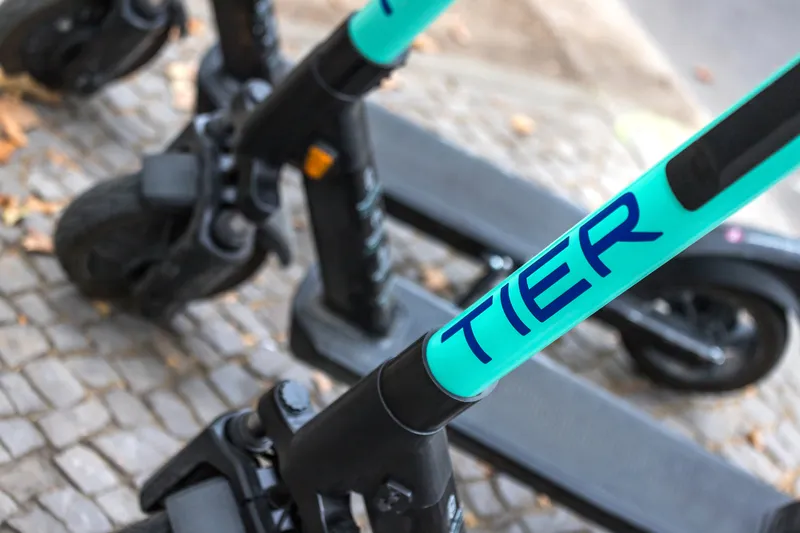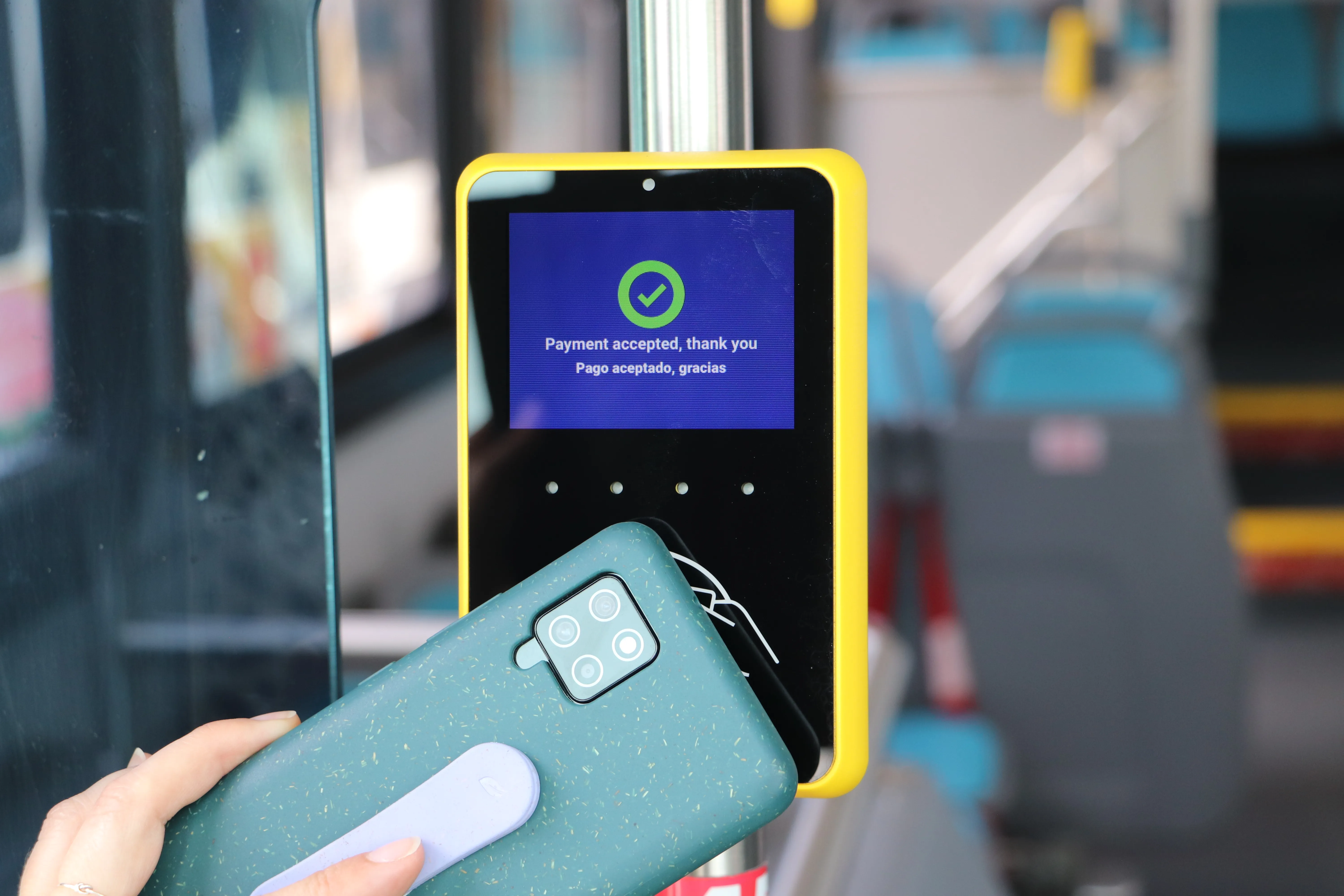
European electric scooter operator Tier is implementing positioning technology from Fantasmo which it says can validate e-scooter parking within 20cm or less with a phone camera alone.
Fantasmo's Camera Positioning System (CPS) is being rolled out in the UK city of York and French capital Paris in a bid to crack down on irresponsible parking.
Tier co-founder Matthias Laug says: “With this new technology, we can directly address the concerns of vulnerable road users when it comes to how scooters are parked. The CPS mapping used by Fantasmo has a distinct advantage over GPS signals, which are often obscured by buildings, poor connectivity, trees, and atmospheric conditions.”
“Besides educating our users, we want to provide them with the technology that they need to use e-scooters safely and responsibly and this partnership does just that,” Laug adds.
Tier says Fantasmo has built 3D maps of cities by walking, including more than 1,800 km of Paris streets with its camera and sensor-equipped 'Explorer' backpack.
The micromobility operator has integrated Fantasmo's CPS into its operating system. When a user wishes to end a ride, they scan the e-scooter's QR code and point their phone camera at a building nearby, which Fantasmo uses to confirm they are parked within a city-approved area.
Users attempting to parking in a no-go area or outside of a designated parking bay will not be able to end a ride, the company adds.
According to Tier, the new feature requires no additional infrastructure – only a completed 3D mapping of the city.
Fantasmo co-founder Jameson Detweiler says: “By mapping cities at the ground level, as pedestrians, we can help micromobility safely thrive in cities around the world.”
Tier also plans to eventually roll the technology out in other locations across its network of more than 85 cities throughout Europe and the Middle East in 2021.










